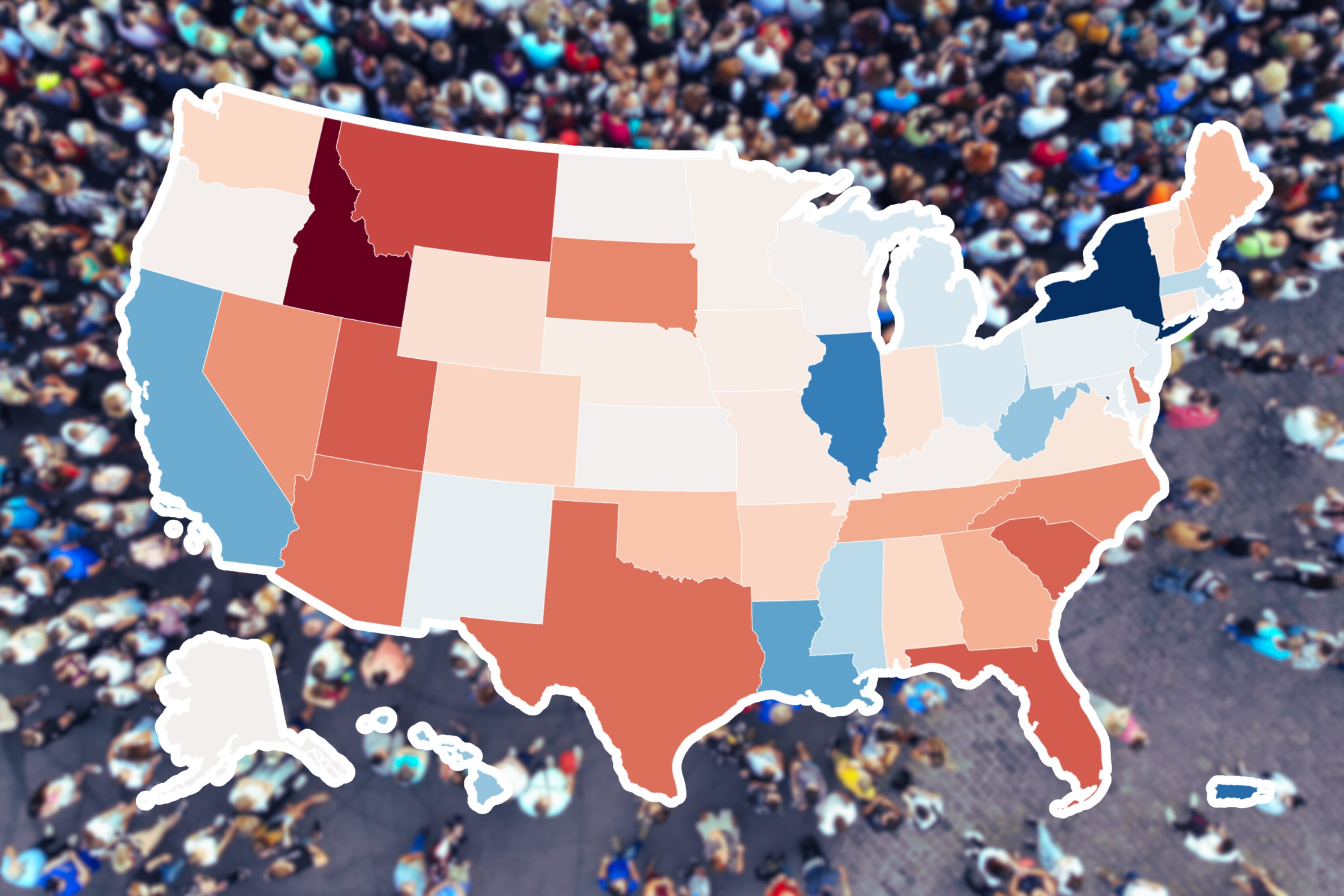"They are unique garments with an unmatched quality of construction," says William Banks-Blaney, explaining the lure of vintage couture. "And they give women freedom to shop for what suits them rather than being tied into a designer's latest collection."
Banks-Blaney, who runs the by-appointment-only WilliamVintage boutique in Marylebone, London, has played a major role in lifting beautiful old dresses away from any connotations of shabbiness – or even shabby-chicness – and onto a new, elevated, beyond-luxury plane.
His book 25 Dresses: Iconic Moments in 20th-Century Fashion, immortalises in print the very best of the pieces that have passed through his shop. They are all incredible garments, whether a Chanel "ribbon dress" from 1924 (a flapper fantasy of black silk georgette ribbons heavy with black glass bugle beads) or a timeless Thierry Mugler ballgown in pale pink Duchesse satin from 1999.
Although the book's subtitle makes it sound like a history – and it is, full of fascinating insights into who designed what and whom they influenced – many of the dresses look astonishingly modern, like the strapless scarlet chiffon dress from the largely forgotten designer Jean Dessès. It may be haute couture from 1953, but its neat ruched bodice and pleated knee-length skirt would fit perfectly today, too.
"Ten years ago, people thought vintage clothing rather bohemian," says Banks-Blaney. "It was an unusual choice. Now, women can see that a fantastic vintage dress has its place in the wardrobe. Vintage has gone from something that's less expensive but esoteric to something that's mainstream. With the book I really wanted to show how vintage is the lifeblood of contemporary fashion; it's fashion DNA."
The phenomenon translates differently into different countries. "Vintage clothing is very popular in France, but tends to be about designer pieces and is mostly Paris-centric," says Lynnette Peck, who runs online boutique Lovely's Vintage and finds that the internet brings her a Europe-wide audience. "When I sell pieces to France, they are always designer pieces such as Chanel, Dior and Hermès." Scandinavians go for vintage boho or hippy garments from the 1970s, while she has never sold anything to Spain or Italy.
And Germany? "It can't be categorised as one place," says Esma Dil, a contributing editor to Vogue Germany who divides her time between Germany and Hollywood. "Our history as a federal republic and divide into East and West is reflected in our style. Lifestyle-wise, Berlin and LA have more in common than Berlin and other big German cities. People in Berlin are more into offbeat labels and vintage fashion. The wealthier Western cities such as Munich, Stuttgart, and Frankfurt have a more traditional vibe: fitting in socially, status and quality are valued higher than individuality."
While it is generally true that the further east you go across Europe, the more likely old clothes are to be seen as undesirable, whoever's name is on the label, attitudes everywhere are changing rapidly. "The demographic is shifting," says Banks-Blaney. "England and France have a long history of beautiful fashion and have understood the appeal of vintage for much longer, but now Japan and China are huge markets for vintage haute couture as personal wealth increases. Even the Russian oligarchy is looking at what the opinion-formers in Europe are wearing and Arab clients often want spectacular evening wear at haute couture level, not because of their value but just because they are extraordinary dresses."
Perhaps the clearest marker of high-end acceptance for vintage is the increasing number of appearances it is making on the red carpet. When Julia Roberts chose a vintage Valentino dress for the 2001 Oscars, it was a curiosity, but vintage is now seen as an intelligent choice, with the Olsen twins wearing vintage Dior to the recent Met gala in New York. "The red carpet has become increasingly commercialised," explains Banks-Blaney. "Celebrities are finding that vintage is a great way of saying, 'I look knockout, but I still look like me'."
Old, but not that old
The other big trend in old clothes is "pre-loved" – designer labels that are not yet old enough to be vintage, but no longer new enough to excite their high-maintenance owners, who off-load them in order to free up wardrobe space. Shops like The Dresser in central London, or online boutiques like Vestiaire Collective usually take a cut from the seller but offer the buyer a guarantee of authenticity and the luxury of designer fashion at a fraction of the price – a win-win for all involved.
Uncommon Knowledge
Newsweek is committed to challenging conventional wisdom and finding connections in the search for common ground.
Newsweek is committed to challenging conventional wisdom and finding connections in the search for common ground.
About the writer
To read how Newsweek uses AI as a newsroom tool, Click here.








